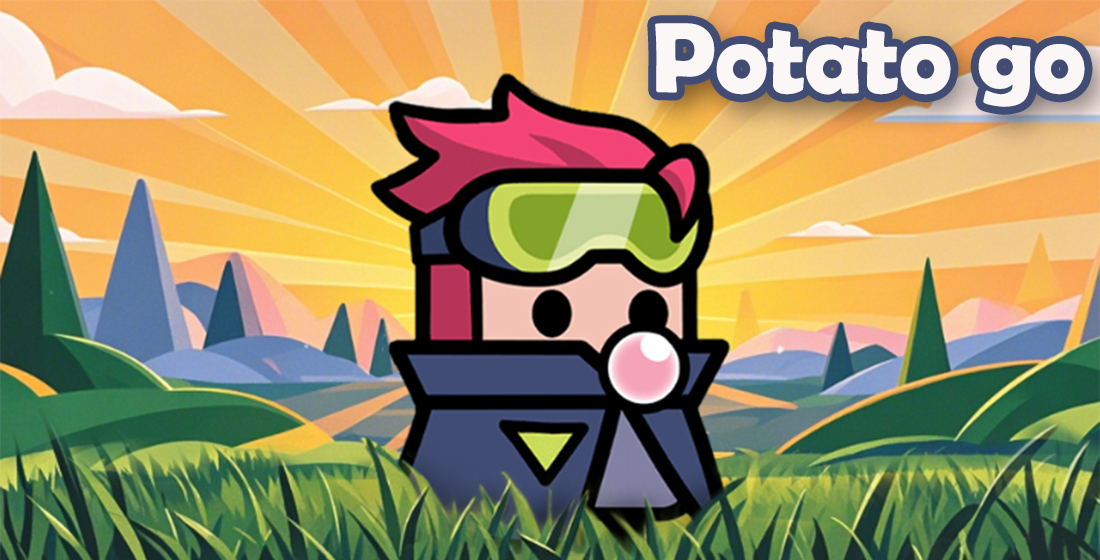Exploring the World of RPG Games: Why Idle Games Are the New Frontier
When we talk about RPG games, we often refer to intricate storytelling, character development, and immersive worlds. However, a new player is making a strong case in the gaming community—idle games. Though they may seem simplistic at first glance, idle games are not just passing trends; they're revolutionizing how we engage with the RPG genre. In this article, we’ll dive into what makes idle games like Kingdom of Loathing so appealing and explore the exciting world of survival craft games.
What Are RPG and Idle Games?
At their core, RPG games allow players to step into characters' shoes within fantastical worlds. You create your own story, make decisions, and develop abilities, which keeps gamers coming back for more. On the other hand, idle games, often referred to as “clicker games," are designed for less active engagement. Players progress through the game without constant interaction, making them more accessible to casual gamers.
This shift towards idle gaming reflects a significant change in player preferences. People often juggle numerous responsibilities, making immersive, time-consuming games less feasible. Idle games fulfill that craving for progress without the hefty time commitment.
The Allure of Kingdom of Loathing
Kingdom of Loathing, which stands out in the idle RPG genre, is known for its unique humor, hand-drawn art style, and depth of gameplay. Unlike many idle games that can become monotonous, this one keeps players entertained with clever writing and quirky characters. Players can choose from diverse classes, embark on quests, and even engage in player-versus-player (PvP) battles, illustrating how idle games can maintain complexity while being user-friendly.
Key Features of Kingdom of Loathing:
- Engaging narrative that evolves with your character
- Humorous quests that keep players entertained
- Player-versus-player functionality for competition
- Rich crafting and resource management systems
Idle Games vs. Traditional RPGs: What’s the Difference?
| Feature | Idle Games | Traditional RPGs |
|---|---|---|
| Engagement Level | Low - Players can progress with minimal interaction | High - Requires active participation |
| Time Commitment | Flexible - Ideal for casual gamers | Time-consuming - Involves complex strategies |
| Progression Style | Automatic - Progress keeps going even when offline | Manual - Relies on player actions |
The Rise of Survival Craft Games
Another interesting subset of the RPG genre is survival craft games. Similar to idle games, they also attract players who enjoy exploration and crafting without needing constant attention. Players gather resources, build structures, and survive against the elements—all while experiencing a story that unfolds through gameplay.
What Makes Survival Craft Games Unique?
- World-building elements that encourage creativity
- Survival mechanics that add a layer of challenge
- Community interactions and multiplayer options
Titles like “Minecraft" and “Terraria" have taken the gaming world by storm, proving that engaging gameplay doesn't always require a direct, hands-on approach.
Conclusion
In summary, the landscape of RPG games is rapidly evolving with the advent of idle games and survival craft games. Titles like Kingdom of Loathing showcase how humor and creativity can flourish even within a simplified gaming model. Whether you’re a traditional RPG enthusiast or a new player drawn to the ease of idle games, there’s something for everyone in this shifting gaming environment.
Exploring these genres reveals that gamer's values are changing—people seek enjoyable experiences without sacrificing time. As developers continue to innovate, the future looks bright for idle games and RPGs alike, with endless possibilities awaiting curious players.



